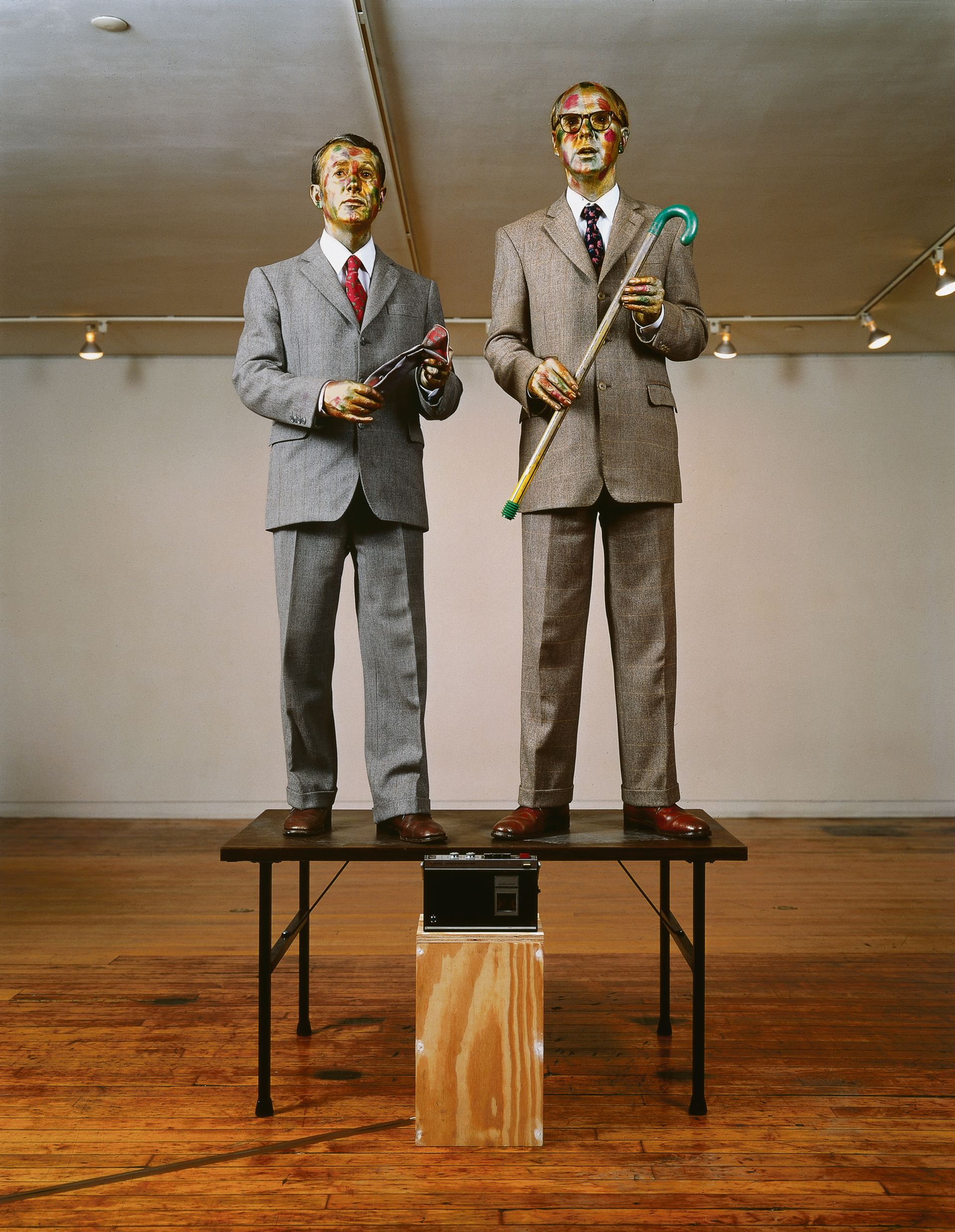Sculpture underwent nothing less than a revolution in the second half of the 20th century. In the hands of new generations of European and US artists, the figure and the plinth were abandoned the figure and the plinth for abstraction, consumer culture and conceptualism. That transformation is the subject of Sculpture on the Move: 1946-2016, the ambitious survey show that inaugurated the Kunstmuseum Basel’s new building in April and continues until 18 September.
The opening of the 10,500 sq. m extension, designed by the local firm Christ & Gantenbein, seemed like the “right moment” to stage this long-planned “curatorial counterpart” to the Kunstmuseum’s three-venue exhibition Painting on the Move in 2002, says the institution’s outgoing director, Bernhard Mendes Bürgi. It is a rare chance for visitors “to experience the architecture with more or less naked walls”, he says. Bürgi will be replaced by Josef Helfenstein, the director of the Menil Collection in Houston, when he retires in September.
The annexe’s grand top-lit exhibition galleries on the second floor host the first section of the show, dedicated to sculpture dating from the Second World War to the 1970s. The chronological sweep ranges from Constantin Brancusi’s 1947 attempt to distil the “essential” form of a bird into marble (a theme to which he returned in almost 30 works over two decades) to Robert Smithson’s 1970 film Spiral Jetty, which records the construction of his eroding basalt “earthwork” in Utah’s Great Salt Lake—sculpture on a scale that could never be contained by a museum.
Along the way, Donald Judd and Carl Andre arranged cubes and plates of steel directly on the floor, while Andy Warhol and Claes Oldenburg produced careful imitations of Brillo boxes and a household stove. But in many cases, film is all that survives of the ephemeral practices of the 1960s and beyond, or what Bürgi describes as “that no-man’s-land where the dividing lines between sculpture, environment, installation, performance relic and happening are blurred”.

It is through the camera that Sculpture on the Move revisits Gilbert & George performing vaudeville in metallic make-up as “living sculptures”, Gordon Matta-Clark carving a hole through two derelict buildings in Paris and Bruce Nauman miming the poses of Minimal sculpture. Richard Serra’s 16mm black-and-white silent film Hand Catching Lead (1968), acquired by the Kunstmuseum Basel in 1977, is included, along with Pipe Prop (1969), a gift from last year.
The materialistic 1980s marked a return to figurative forms and the human body. On the ground floor of the new building, Katharina Fritsch’s hourglass Display Stand with Brains (1989/97) and Jeff Koons’s shiny Rabbit (1986) square up to Martin Kippenberger’s life-sized self-portrait Martin, Into the Corner, You Should be Ashamed of Yourself (1989).
Although the show presents “a subjectively weighted panorama rather than an anthology”, Bürgi says, its sculptural history ventures boldly up to the present in the Kunstmuseum Basel’s Gegenwart building. Recent acquisitions for the museum’s dedicated contemporary space include Danh Vo’s We The People (2011-14), a fragment of a copper replica of the Statue of Liberty, and Oscar Tuazon’s Real Effects (2015), a frame of concrete beams. Despite appearances, the claustrophobic containers of Christoph Büchel’s permanent installation Tribunal (2004-07), modelled on a US military tribunal at Guantánamo Bay, are proof of sculpture’s ever-expanding field.
• Kunstmuseum Basel, New Building, Sculpture on the Move: 1946-2016, until 18 September

